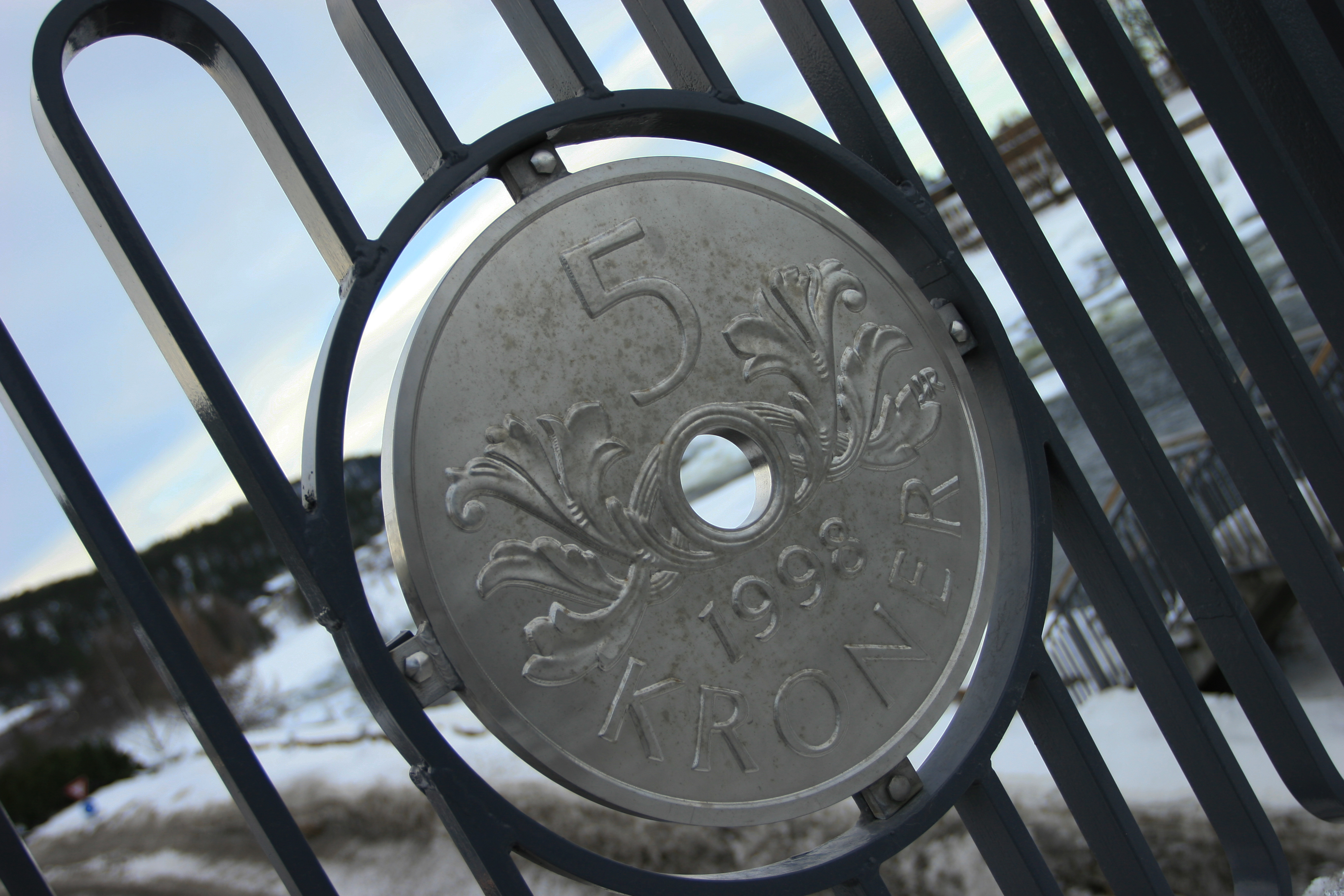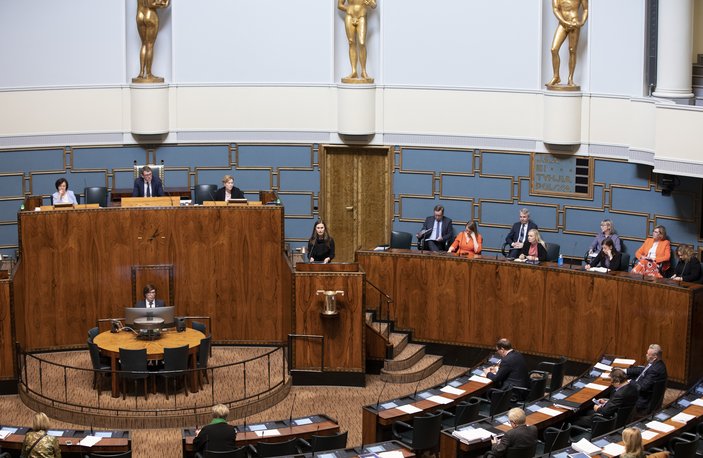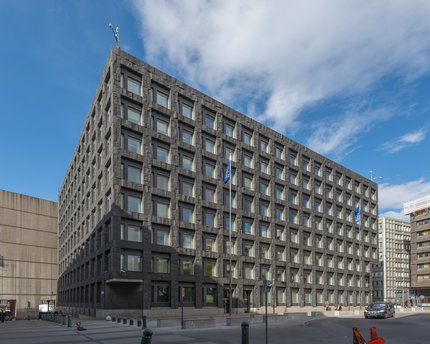Nordic public debt: the dangers of restricting public spending due to the covid-19 crisis
The prevailing economic doctrine in the Nordics and Europe has it that, the lower the public debt, the more room there is for economic stimulation in downturns, such as the current covid-19 crisis. Denmark, Norway and Sweden with their comparatively low levels of public debt were able to announce relatively large economic crisis packages fairly quickly. Finland has a high level of public debt and is generally less economically flexible due to it being part of the eurozone. Despite the pressure to keep public debt down, the Nordics would do well not to sacrifice important public spending.

* Please note that this article focuses mainly on Denmark, Finland, Norway and Sweden and not the region in its entirety.
Since at least the 1990s, economic policy in all Nordic countries has consistently aimed at balanced budgets and low public debt. Government spending can be temporarily loosened and debt increased in economic downturns, but in general the countries have attempted to cut down their spending in recent decades. This has meant outsourcing and privatisation, also in key welfare services such as healthcare and education.
Before the corona virus crisis, there were notable differences in the debt-to-GDP ratios of the Nordic countries. At the end of 2019, Denmark, Sweden and Norway were among the least indebted countries in Europe with public debt to GDP ratios of 33%, 35% and 40%, respectively. They were hence ’well equipped’ to weather the crisis economically. Finland was more indebted with the ratio of 59% to GDP, which is just slightly under the EU target of 60%.
Debt and eurozone membership restrict economic flexibility in Finland
Finland’s comparatively large public debt is explained by a number of reasons. The debt ratio diverged from other Nordic countries during Finland’s slow recovery from the 2008 financial crisis. Finnish technology and forest sectors were hit harder than the more diversified export industries in the other Nordic countries. Finland lost 76,000 industrial jobs from 2008 to 2012, which amounted to a 20% decrease in industrial jobs.
Finland’s membership in the eurozone also hindered recovery from the financial crisis. After the eurozone debt crisis, all countries in the common currency - 38% of Finland’s export market - adopted restrictive fiscal policies during the period 2012-2015, which dampened demand. During this time the Finnish GDP also declined. Other Nordic countries were able to improve their export competitiveness by floating and/or slightly devaluing currencies, while Finland lacked this option due to its euro membership. To compensate for the lack of national monetary policy, a deflationary wage agreement was struck in Finland in 2016.

PICTURE: Announcement by Prime Minister Sanna Marin at the Finnish Parliament's plenary session on 29th April 2020 during which she mentions being in contact with both their neighbouring countries, Sweden and Estonia, as well as the European Council and the European Union and its member states. Photo: Hanne Salonen, Finnish Parliament/Eduskunta on Flickr.
Some economists and politicians have argued that Finland’s weaker economic performance of the past decade could be corrected by adopting similar labour market flexibilities as in other Nordic countries. Finland does not compare favourably with the other countries when it comes to flexibility with respect to universally binding collective agreements, centralised wage increases and company- and workplace-level wage bargaining. However, collective layoffs for economic reasons are easier to carry out in Finland than in Denmark, Norway or Sweden. Unlike other Nordic countries, Finland also has a system of temporary layoffs, which has proven useful during the corona crisis.
Denmark, Norway and Sweden able to support enterprises and employees
According to the prevailing Nordic and European economic policy doctrine, the lower the public debt, the more room there is for economic stimulation in downturns. This may largely explain why Denmark, Norway and Sweden announced considerably larger economic crisis packages than Finland due to covid-19. They did so already quickly after the introduction of lockdown measures in mid-March. Norway also has the possibility of leaning on its NOK 10 trillion oil fund for partial funding of the crisis expenses.
Denmark, Norway and Sweden have introduced significant subsidies for enterprises which have lost revenue due to lockdowns:
- Sweden allows employers to reduce the working hours of their staff by up to 80%, and the government subsidises up to 90% of employees’ wages.
- In Denmark, the government and labour market parties agreed on a 75% government subsidy of wages.
- Enterprises can get cash payments from the Norwegian state for up to 80% of their monthly expenses like leases and electricity bills.
All the countries, including Finland, have also announced subsidies to the self-employed and improvements in unemployment benefits. In Norway, for example, freelancers get 80% of their average income calculated from three years before the crisis (up to annual income of 600,000 NOK).
In Finland, support measures for enterprises and employees have thus far been more modest. The government has increased state-guaranteed loans and deferred tax payments like other Nordic countries. Finland has also increased financing of business development projects but not directly compensated for lost revenue. Finnish entrepreneurs and freelancers, who were not covered by unemployment insurance before the crisis, are now entitled to minimum unemployment benefits (around 700 EUR per month). The Finnish government is currently considering direct cash payments to enterprises following the model of Denmark, Norway and Sweden.
Finland has mechanisms that allow flexibility for enterprises, such as the possibility of laying people off temporarily. Employees receive unemployment benefits for the layoff period, and their employment contract is not terminated. Due to the crisis, employees can now be temporarily laid off on very short notice, and they can receive unemployment benefits after a shortened waiting period. However, if the Finnish government does not agree on further support for enterprises, the country will face a considerably larger tide of unemployment and bankruptcies than the other Nordic countries. This would prolong Finland’s recovery and leave its economy even further behind its Nordic neighbours.

PICTURE: Public debt has increased and will continue to do so because of additional expenses due to the covid-19 crisis, not least increased healthcare costs. Photo: Rigshospitalet in Copenhagen.
Deficit spending necessary to counteract the effects of the crisis
Due to the healthcare expenses caused by the corona crisis and other expenses relating to lockdown measures, most countries in the world will take on more public debt in 2020 and probably for some years to come. Their debt-to-GDP ratios may rise by 20 percentage points or even more. This is absolutely necessary in order to prevent mass unemployment and bankruptcies that would lead to prolonged stagnation coming out of the current crisis. However, concerns have already been raised that growing public debt will necessitate tax increases and welfare cuts in the future. The prevailing economic doctrine (the lower the public debt, the better) pressurises governments to reduce spending on welfare to keep debt low, but there are in fact alternatives to going down this route.
From an empirical point of view, it is difficult to justify the preoccupation with debt-to-GDP ratios when there is little evidence to show that they alone matter significantly. Over and above the political stigma, 60% debt is not necessarily worse than 30%, or better than 90%. Countries do not usually pay off all of their debt, but its relative size shrinks as the economy grows. What matters more than the amount of debt is a country’s interest rate and whether it is in a domestic or foreign currency. As the debt of all states will rise due to the crisis, Nordic government bonds will remain relatively attractive assets to investors. Interest rates are likely to remain low and thus not make debt repayments a burden for public economies. If public deficit spending boosts economic recovery in the Nordic countries, the confidence of investors is only likely to strengthen.
Increasing public debt need not undermine welfare states
It is worth noting that if governments make cuts on healthcare, education and social security in order to pay off debt, a large portion of it ultimately goes into the pockets of foreign investors, such as private savers and pension schemes based outside their national borders. However, since the financial crisis of 2008, central banks have acquired a growing share of government bonds as part of their quantitative easing programs. This has been a way to increase liquidity and stimulate the economy when interest rates are already close to zero. When governments are indebted to their own central banks instead of foreign investors, paying off debt is no longer such a major concern. Central banks can create money at the stroke of a keyboard in unlimited quantities. The main thing they need to worry about is inflation, which in Europe has been well under the EU target of 2% for the past decade.

PICTURE: The Swedish Riksbank or central bank, the headquarters of which are based in Stockholm, will increase its holding of government debt. Photo: Wikimedia (CC BY-SA 4.0).
Due to the corona crisis, the share of government debt held by central banks will increase. Swedish Riksbanken already holds 20% of Swedish government debt and has announced a new SEK 300 billion purchase program, which would nearly double the holding in nominal terms. As a eurozone member, Finland is again in a more constrained position, although the European Central Bank (ECB) has announced an EUR 750 billion purchase program to keep interest rates of all eurozone government bonds low. However, the Finnish government is still careful and wants to avoid new debt in the short term, which may prove economically counterproductive in the long term.
The economic doctrine of keeping debt levels low with balanced budgets is not easily changed. Public debt is a highly political issue, which hinders fiscal stimulation and invites demands for welfare cuts. However, notable economists now criticise this policy and call for direct monetary financing from central banks in order to secure sufficient economic stimulation during and after the lockdowns. EU treaties currently prohibit this, but with enough political will they could be amended relatively quickly. This would allow Finland, Denmark and Sweden to finance part of the crisis packages without accumulating debt. Norway and Iceland are not restricted by the EU but are afraid of market reactions against their currencies if they begin ’printing money’ by themselves.
The corona virus poses a great challenge to the Nordic welfare states and the entire world. However, the emphasis on keeping public debt as low as possible is not pragmatic during, or in the years following, the current crisis. Debt should definitely not be used as a reason to cut and privatise welfare services, particularly as public spending is indispensable for not only managing the existence of the virus, but also for a sustainable economic recovery afterwards. It would be far better to take as an example how the welfare states were built after the Great Depression and the Second World War, and steer away from the economic pitfalls and austerity that have characterised the responses to the financial crises of the 1990s and 2010s.
Further reading:
- Mark Blyth, Austerity: The History of a Dangerous Idea. (Oxford: Oxford University Press, 2013).
- L. Randall Wray, Understanding modern money: The key to full employment and price stability. (Cheltenham & Northampton, MA: Edward Elgar, 1998).
Links:
- Cash support wins parliament's nod, by Nina Berglunch on 7th April 2020.
- Denmark: How a high tax state responds to the corona virus, by Mie Olsen, 23rd March 2020.
- The European Central Bank must finance covid-19 deficits, by Paul De Grauwe, 18th March 2020.
- Scaling up crisis measures for jobs and businesses, Government Offices of Sweden, 14th April 2020.